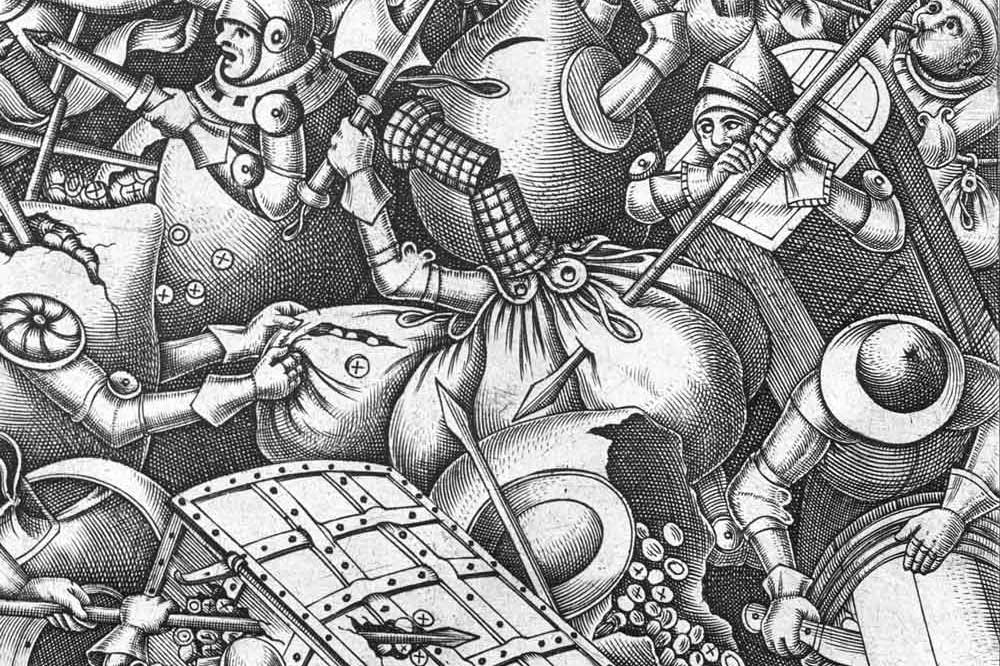Found in the upper deck alongside the Purser’s chest, our money-changer’s purse was brought to the surface on 20th June 1981. Much like the ship’s dog, upon its initial resurfacing, the team were unsure on what exactly had been found – as such, we see the purse first enter the records as “4x leather strap with buttonhole and dowel, with leather fringe.” Unlike the ship’s dog, however, no further pieces were recovered to allow for easy identification – and with no clear answer on what exactly this artefact was, it remained in one of the collections stores following its recovery and conservation.
If you’re familiar with the Mary Rose, you may have heard it said that we have a total of 19,000 artefacts in our care – though only a small percentage of these reside in the museum. The remaining artefacts are kept in environmentally controlled storage for several reasons – perhaps they are too fragile to be shown, similar objects are on display already, have not completed their conservation process, or, in the case of our purse, there is a lack of information or context to deliver to visitors. There are many items in our stores that have not yet been identified and remain a mystery to this day.
Our money-changer’s purse may have remained a mystery if not for one eagle-eyed member of the Finds Team, who came across an engraving depicting a work by Pieter Bruegel, dating to around 1570. The engraving clearly shows the strap, leather fringe, and buttonholes, as well as the fabric pouches that they would have attached to, which, made of a less durable fabric, have not survived. Also known as a talon purse or stick-purse, it would have been a vital part of the purser’s job on the Mary Rose, allowing him to separately store the various currencies onboard to pay the ship’s crew (who we know were from a variety of locations) and pay for ship provisions. Not many of these purses have survived to the present day, though there are numerous illustrations in which we can see the artefact in its former glory.
With its identity finally restored, the money-changer’s purse went on display in the new museum with various other artefacts relating to our Purser which can all be seen by visitors. You can find it in the Purser’s case on the lower deck; frosted acrylic sheeting is used to illustrate the purse’s pouches as they would have appeared in Tudor times – with one of Bruegel’s depictions available for you to compare our purse with!







